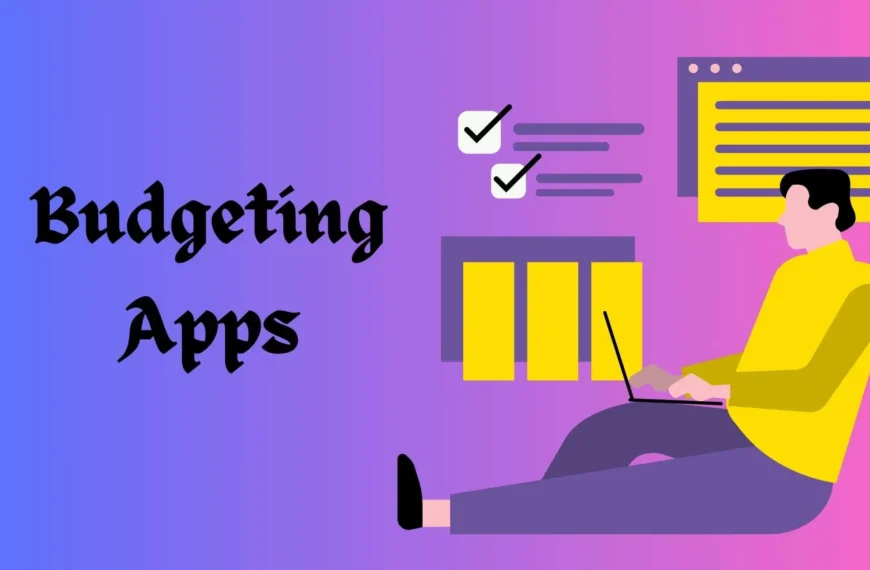Whether you are bootstrapping a side hustle from a coworking space in Delhi or prepping a tech startup in Bengaluru, an SME Loan might be helpful to the next level. But here’s the catch: one wrong move, and your loan could be delayed or even rejected. I’ve been there, so let me share some hard-earned lessons with you.
Mistake #1: Overlooking Your Finances
Why it’s important: Lenders want to see that you have an in-depth awareness of your income, expenses, and cash flow.
Common trap: “I can sort the numbers later” is a big red flag.
Pro tip:
- Keep your bank statements and books updated.
- Understand your important KPI breakdowns, monthly burn rate, and profit margins.
- Track using simple to use software like Zoho Books or Excel.
Real example: A friend once applied for a ₹10 lakh SME loan but underestimated recurring expenses. They got only ₹6 lakh and had higher EMIs. Lesson learned: document everything upfront!
Mistake #2: Neglecting Your Credit Score
Your credit score is everything—a tell-all on how you manage finances.
What often goes wrong: Many don’t even check their CIBIL score before applying.
You should do this:
- Pull your CIBIL report for free.
- Look for late payments or errors.
- Pay off old dues and credit card balances.
- Avoid applying for multiple loans—they can lower your score.
Mistake #3: No Business Plan? Big Mistake!
Banks don’t just lend—they lend with purpose.
Your business plan should include:
- Clear goals and fund usage
- Realistic revenue projections
- Tender timelines, competition, and marketing methods
Storytime: A buddy was so sure of his online t-shirt venture that he skipped the plan. Predictably, the bank said no. He revamped it—added competitor pages and sales forecasts—and got ₹5 lakh.
Mistake #4: Not Comparing Lenders
Applying for the first lender you see? Big mistake.
Each lender offers a unique mix of:
- Interest rates (fixed vs. floating)
- Tenures (short vs. long)
- Processing fees, partial prepay penalties, and hidden charges
Do this instead:
- List a minimum of three lenders, including banks, NBFCs, and fintechs.
- Read real reviews.
- Compare interest, processing fees, and prepayment costs.
- Enquire about government-backed schemes like CGTMSE for collateral-free options.
Mistake #5: Submitting Half-Baked Docs
An incomplete file = straight to the ‘rejected’ pile.
The usual paperwork checklist:
- KYC (PAN, Aadhaar)
- Bank statements (last 6–12 months)
- Income tax returns
- Business registration (GST, Udyam etc.)
- Balance sheet, P&L statements
- The elusive business plan
Keep them well-organized; labeled folders or digital PDFs make the process go more smoothly.
Mistake #6: Borrowing Too Much or Too Little
Understanding the Goldilocks Zone of borrowing:
- Overborrow: High monthly EMI burden = cash flow nightmares
- Underborrow: Shortfall => you go back again, appearing low-prepared
How to avoid it:
- Calculate exact capital needs
- Use EMI calculators to simulate different loan amounts
- Don’t go more, but leave a safety margin of about 10%
Mistake #7: Understanding the terms and conditions
Legalese is boring, but very crucial!
Watch for:
- Interest structure: Fixed, floating, or Step-up EMI
- Hidden fees: Processing, admin, late fees, prepayment penalties
- Repayment schedule: Flexible or rigid
Tip: Read every line. If something’s unclear, ask. Lenders expect questions.
Mistake #8: Never Exploring Alternatives
There are more ways than traditional SME loans to raise funds:
- Peer-to-peer lending (like Faircent)
- Crowdfunding (Ketto, Milaap)
- Small-ticket microloans from the government or platforms
- Working capital products like invoice discounting, line-of-credit
Explore these before committing to a rigid loan.
Mistake #9: Rushing Without Analysis
Desperation kills deals.
Don’t rush when you need growth. Take time to:
- Compare offers
- Think through repayment
- Run fund-use simulations
Pro tip: Create a quick checklist of criteria—interest, tenure, flexibility, service—and score each lender.
Mistake #10: Going Solo—No Expert Advice
You’re brilliant—but even the best founders get help.
Talk to:
- Loan consultants
- Chartered accountants
- Peer entrepreneurs with loan experience
They can guide paperwork, pitch, lender selection, and catch red flags.
Example: A café owner I know thought a zero-interest scheme was legit—it wasn’t. His consultant caught the hidden cost: early repayment charges.
Bonus Tips: Stay Loan-Wise Post-Disbursement
- Stick to EMI dates: Missing EMIs harm credit.
- Update lenders on glitches: Cash-flow dips happen—banks value transparency.
- Prepay smartly: If your terms allow, prepay when business is good to save interest.
- Track loan utilization: Ensure funds are used as planned and within budget.
Summary
It shouldn’t seem like a difficult walk to apply for an SME loan, especially if it can be avoided. You can easily learn the procedure and get finance to grow your business if you have clear data, strong credit, an organized strategy, and a little patience. And keep in mind that, if you learn from your mistakes early on, then they could be disguised as lessons.
Get a loan of ₹5–10 lakh, or even ₹50 lakh, and start building your dream.











